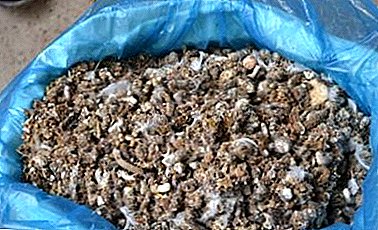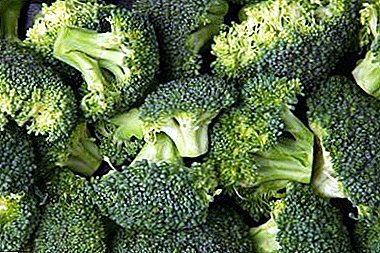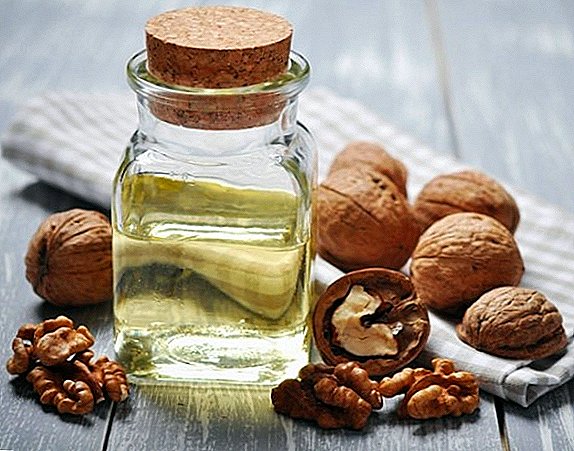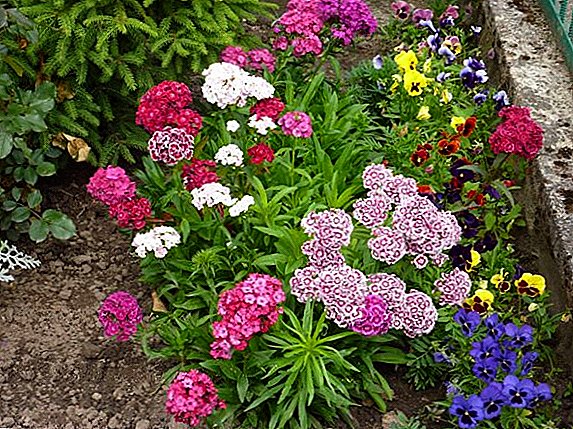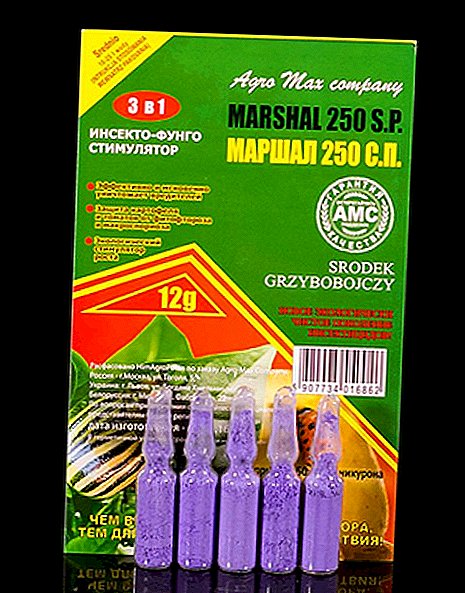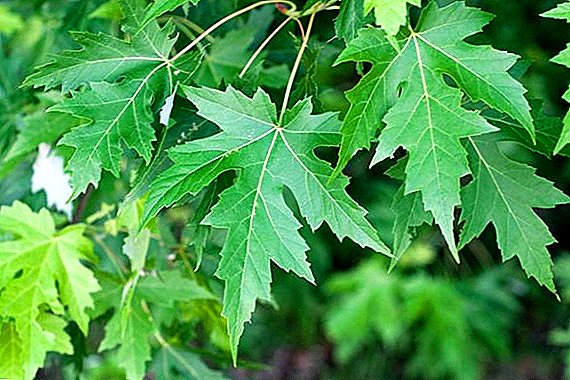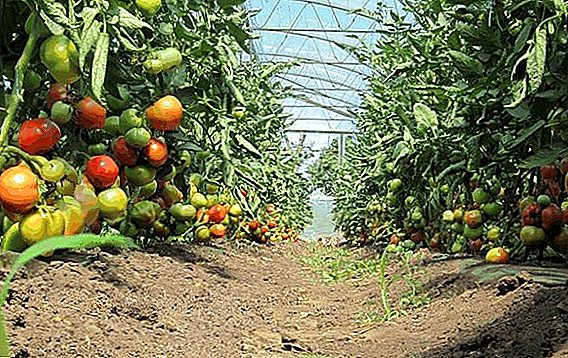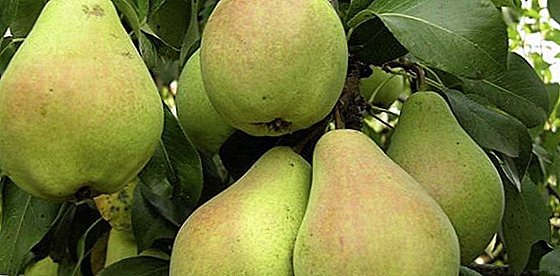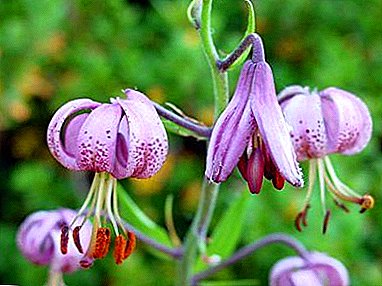
Why do they plant winter onions? Naturally, for a quicker harvest, as early as the second half of May, the harvest can be harvested, whereas the autumn onions ripen two or more months later. Also, the onion, hibernating in the ground, besides that it ripens earlier, is more resistant to diseases, less susceptible to the attention of pests.
Preparing a landing site
Onions are planted in the same place where he previously grew, no more than two years in a row, and then you should take a break. This general rule should be followed if you are interested in getting a good harvest. Engage in planting onions in the same place is no earlier than four years, and then, in five years. Onions grow best of all where the harvest of potatoes, corn, or white cabbage was harvested earlier.
It is advisable to choose areas for planting onions with humus-sandy soil, or with a predominance of humus loams.
Onions, capable of impressing and causing admiration, should be planted on silt sediments of warm rivers.
General recommendations are as follows: the site is dry, ventilated, with no tendency to form stagnant water. It is necessary to create an opportunity for the flow of rain and melt waters, or it will be more practical to choose a plot directly to elevations.
Warning. If you are interested in loose bulbs, and a large leaf mass, then, of course, completely free to make fresh manure for planting onion sets. If, however, you do not want to put dubious experiments, then you can use humus or compost as a fertilizer. And, even better, it would be to bring them under the previous culture.
What grade to choose and why?
Experienced growers recommend taking a small onion sets for planting in the fall. Why? There are several reasons for this.
First of all, small onions do not throw out arrows, which is why it is possible, without fear of cold weather and spring frosts, to wait for an excellent harvest of benign onions. The reason, as they say, on the surface is that there are few nutrients in these onions, it’s not enough to emit arrows with seeds, but during the winter and the beginning of spring they accumulate an acceptable amount of these important food components in order to joyfully become green in the spring.
Secondly, this is a truly economical option, small onion, no matter how you look, would not have reached the spring planting, but spent it for a decent harvest. In addition, the area after the early onion will be needed for spring planting of vegetables.
Onion varieties recommended for winter planting: Radar, Senshiya yellow, Ellan, Kip-Well, Danilovsky, Mstersky, Strigunovsky local, Stuttgarten Rizen, Myachkovsky 300, Odintsovo, Carmen MS, Zolotnichok, Sturon.
We plant onions correctly! Landing rules
We make the grooves, take the distance from 10 to 15 cm between them. We make onion planting using step 3 - 10 cm., Planting depth from 3 to 4 cm.
- The distance varies depending on the variety of onions selected for planting. The more bulbs, the greater the distance between them - the power area should be sufficient.
- Depth (3-4 cm) is explained by the fact that if it is less, the bulbs in the spring protrude from the ground.
- Bulbous necks are not pruned.

Furrows need to be covered with earth and mulched, but no watering is required.
- Mulching is carried out before the expected cold. It is acceptable to use dry leaves, dry humus, spruce branches, tops of plants, flower stems, sawdust, pine needles and other material.
- There is a danger of onion frost when frost is below -20 ° C, so it is better to hold the snow on the site.
The timing of planting winter onions
Winter onions are planted before the beginning of this winter, before frosts. It is desirable that from the time of landing until the onset of frost, the interval is about 25 days. Since the weather conditions change every year, you should carefully monitor the forecasts. You can do this: the temperature has dropped, it has been established steadily at +5 ° C and lasts for several days, do not expect more, plant it.
Onion care is important
In the spring, when the snow melts, first of all we remove the mulching material, for the earliest warming up of the soil. Loosen the soil, and remember that this should be done every time after heavy rain or watering. At the same time, planting can be made using chicken litter (diluted).
Leaves appeared - we make the second dressing. For her, you can use - immunomodulators, anti-stress, growth stimulants (Plantafol, for example)
How to scare an onion fly away from your site.
- Calendula and marigolds should be planted near the bed, or even in the center of it. This is a very effective tool to keep crops safe.
- Do not have time to plant a calendula? It does not matter, use chemical assistants, but take care of your health, collect onions no earlier than a week after performing this operation.
- Do not have time to plant a calendula, but do not want to use chemicals? There is one more, quite suitable, option. Sprinkle tobacco dust between rows of planted onions, or the same dust mixed with lime.
- If treatment with chemicals or tobacco dust is used to protect against onion flies, then it should be remembered that such treatments should be done twice (interval of 8-10 days). The reason lies in the same number of generations of flies. The first is June, the second is the middle of July.
It is also interesting to read about the care and planting of decorative onions.
While the onion grows, on the feather one should take the one from which the leaf mass is better, letting other bulbs grow nearby. Weed carefully, because the damaged onions are not viable, and not stored for a long time.
A sign of ripeness of onions is the acquisition by cover scales of a color characteristic of this variety, for example, orange, or blue and red. Also on the ripening of onions indicates lodging leaves. Sometimes leaves are laid on purpose, in order to accelerate ripening, but it is still better to wait for the natural completion of the process.
Harvested onions should be dried in an open area with constant access of fresh air. Only absolutely dry onions are well kept, so pay attention to the dryness of its roots and leaves.
The immature onion is poorly stored, as well as having a juicy thick neck. Use a similar bow first.
After harvesting, the place where the onion was planted can be reused. Radishes, carrots, turnips, beets, daikon (white radishes, also known as Japanese or Chinese radish) greens will be good. These crops will have time to ripen before the cold, in addition to the fact that, for example, beets and carrots are not afraid of frost and are well cultivated in a cool autumn.


